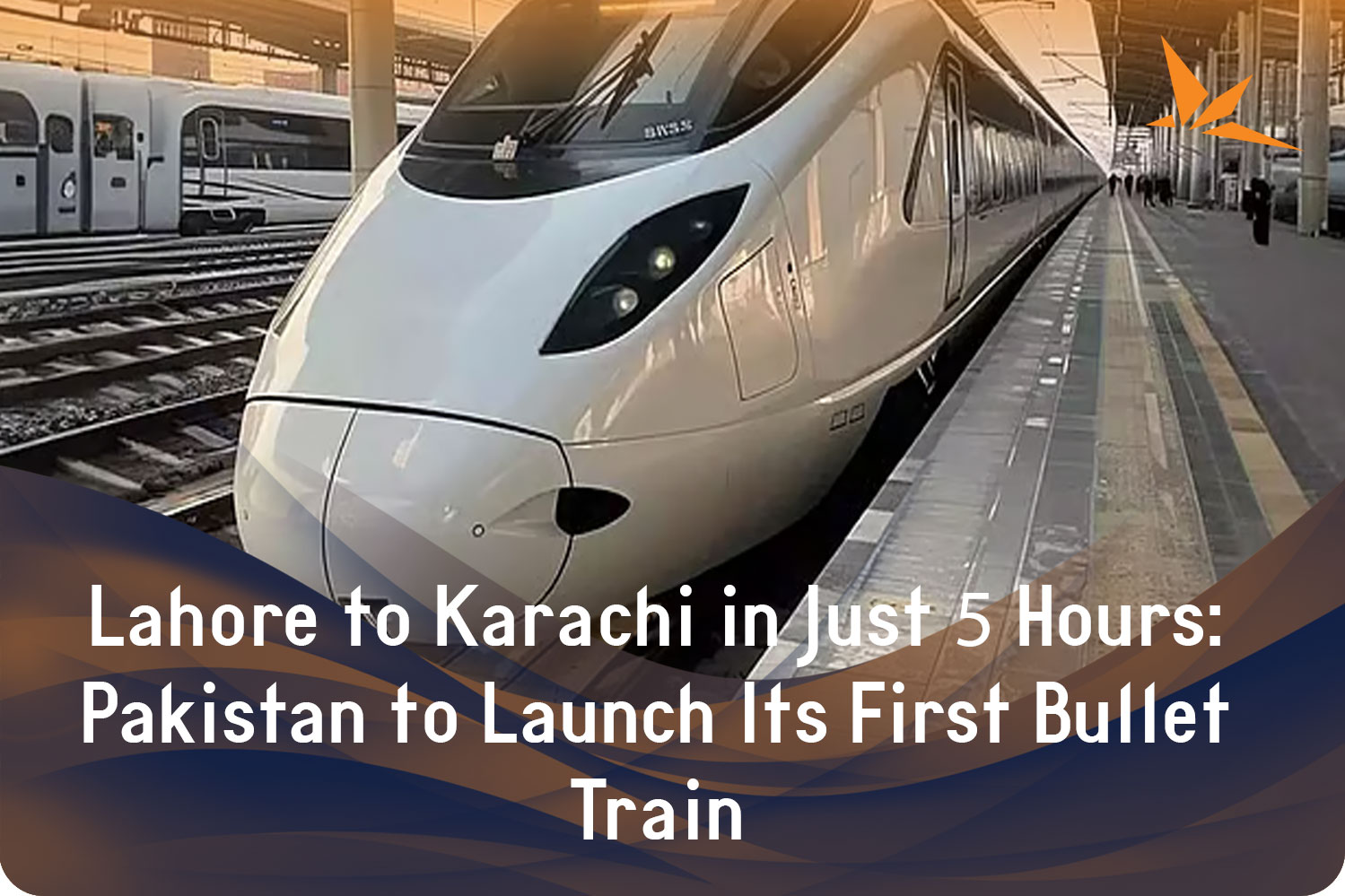
Pakistan is preparing for a groundbreaking leap in transportation with the introduction of its first-ever bullet train, a high-speed railway connecting Lahore and Karachi. This ambitious initiative aims to transform travel between the two major cities, reducing the journey time from nearly 20 hours to just five. Backed by a multi-billion-dollar infrastructure upgrade, the project is set to redefine mobility, trade, and connectivity across the nation.
A Visionary Project
The high-speed rail project is part of a large-scale modernization plan for Pakistan’s railway network. It falls under the Main Line-1 (ML-1) initiative, which involves an overhaul of the Karachi-to-Peshawar route—one of the country’s busiest corridors. The bullet train will run between Karachi Cantonment and Lahore Junction, covering a distance of approximately 1,215 kilometers with stops at key cities such as Hyderabad, Multan, and Sahiwal.
Trains on this line will travel at speeds of up to 250 km/h, averaging around 243 km/h, which will dramatically reduce travel time compared to the current journey of 18–22 hours.
Government officials describe this as one of the boldest transportation projects in Pakistan’s history, emphasizing its potential to not only ease passenger travel but also strengthen economic growth.
An Alternate to Flights Between Lahore and Karachi
With ticket prices expected to start at PKR 5,000 for economy class and PKR 10,000 for business class, the bullet train offers a much more affordable choice compared to air travel, which typically costs between PKR 20,000 and PKR 30,000.
This affordability, combined with a five-hour journey time, makes the bullet train a strong alternative to domestic flights. For business travelers, students, and families, it offers the speed of air travel at a fraction of the cost, while providing a comfortable and scenic journey between two of Pakistan’s largest cities.
Key Features and Timeline
The project includes major infrastructure upgrades:
Double-Tracking: The entire rail line will feature double tracks, improving efficiency and allowing multiple trains to run simultaneously.
Modern Signaling: Outdated railway signaling systems will be replaced with advanced technology to ensure safety and smooth operation.
New Bridges and Stations: Old bridges will be rebuilt, and stations will be upgraded to meet international standards.
High-Speed Rolling Stock: Modern bullet train sets will be introduced, providing a safer and more comfortable experience for passengers.
Feasibility studies were completed in mid-2025.
Construction is planned to start in 2026.
A testing phase is scheduled for 2029.
The service is expected to officially launch in 2030 with 10 to 15 daily trips.
Affordable Travel between Karachi and Lahore
The bullet train’s ticket pricing is expected to be highly competitive compared to domestic flights. Economy-class tickets may start at around PKR 5,000, while business-class fares could go up to PKR 10,000. This is significantly lower than airfares, which typically range between PKR 20,000 and PKR 30,000 for the same route.
Officials expect the pricing strategy to make the bullet train accessible for a wide demographic, including students, professionals, and families.
| Feature | Details |
|---|---|
| Project Cost | $6.8 Billion |
| Route Length | 1,215 km (Karachi Cantonment to Lahore Junction) |
| Stops | Hyderabad, Multan, Sahiwal |
| Max Speed | 250 km/h |
| Average Speed | 243 km/h |
| Travel Time | 5 hours (currently 18–22 hours) |
| Ticket Price (Est.) | PKR 5,000 (Economy), PKR 10,000 (Business) |
| Construction Start | 2026 |
| Testing Phase | 2029 |
| Launch Year | 2030 |
| Daily Trips | 10–15 trips planned |
| Key Goal | Increase rail freight share from 4% to 20% |
Economic and Social Impact
Boost to Trade and Freight
Beyond passenger transport, the project is set to revolutionize freight movement. Currently, only 4% of Pakistan’s freight is carried by rail, with most goods transported via roadways, leading to heavy fuel costs and logistical inefficiencies. The bullet train and ML-1 upgrades aim to raise the rail freight share to 20% by 2030.
This shift is expected to ease pressure on road infrastructure, reduce fuel imports, and make cargo transport faster and more reliable, strengthening Pakistan’s trade capacity both domestically and internationally.
Employment Opportunities
The bullet train project is anticipated to create thousands of jobs during construction and later during operations. From skilled engineers and technicians to station management staff, the initiative will provide employment opportunities in multiple sectors, especially in Punjab and Sindh.
Regional Integration
Once completed, the bullet train will not only serve as a major domestic transport solution but could also play a key role in regional connectivity. Future plans include linking this line with an extended route to Kashgar in China, turning Pakistan into a regional trade hub. The railway will integrate with economic corridors, industrial hubs, and ports, further driving economic development.
For frequent travelers, the bullet train offers a safer, faster, and more comfortable alternative to existing transport methods. Current options like buses or regular trains take nearly a full day to cover the Lahore–Karachi journey, while air travel, although faster, is costly and less accessible. With the bullet train, passengers can complete the trip in five hours, making same-day travel between Pakistan’s two largest cities a practical reality.
Challenges and Concerns for the Bullet Train Project
While the bullet train project is being hailed as a transformative move, it comes with challenges:
Funding and Financial Management: With an estimated cost of $6.8 billion, the project requires substantial foreign investment and careful financial planning to avoid burdening the economy.
Infrastructure Readiness: Pakistan’s existing railway system is aging, with many tracks and bridges in poor condition. The transition to high-speed rail will require extensive groundwork.
Delays and Project Execution: Critics remain cautious about whether the ambitious 2030 timeline can be met, given the history of infrastructure delays in the country.
Affordability for Lower-Income Groups: While cheaper than air travel, ticket prices could still be high for certain segments of the population, limiting accessibility.
Political Stability: Successful execution of such a long-term project will require consistent policies and support from successive governments.
Comparison with Current Services
At present, trains like the Green Line Express or Shalimar Express offer relatively comfortable travel between Lahore and Karachi, but they take 18 to 20 hours to cover the same distance. Even Pakistan’s most premium services fall far short of the speed and convenience promised by the upcoming bullet train. This project will mark a shift comparable to those seen in countries like Japan and China, where high-speed rail networks have redefined mobility.
A Step Towards Modernization
The Lahore–Karachi bullet train represents more than just a faster way to travel—it is a symbol of Pakistan’s aspirations for modernization. The government envisions it as a project that will reshape the economy, improve connectivity, and uplift infrastructure standards across the nation.
By creating a high-speed transport corridor, Pakistan aims to keep pace with global advancements and make domestic travel more efficient. This project could become a blueprint for similar initiatives in other parts of the country, such as the proposed Lahore–Rawalpindi bullet train, which is also in early planning stages.
Future Outlook
If delivered on time, the bullet train will be a game-changer for Pakistan’s transportation system. Faster, more affordable intercity travel could encourage domestic tourism, attract foreign investment, and provide a significant boost to industries dependent on fast logistics.
Officials see the bullet train not just as a means of reducing travel time but as a catalyst for economic transformation, regional cooperation, and a new era of modern infrastructure in Pakistan.
The Lahore–Karachi bullet train project stands as one of the boldest steps in Pakistan’s history of infrastructure development. By drastically reducing travel times and offering a reliable and affordable alternative to road and air travel, it promises to revolutionize the way Pakistanis move between their largest cities.
However, realizing this vision will require overcoming financial, technical, and political hurdles. If successfully executed, the project will not only reshape Pakistan’s railway network but also serve as a symbol of progress, innovation, and economic potential for the future.
;More Travel News
-
 25-Apr-2022Umrah Last Date from Pakistan
25-Apr-2022Umrah Last Date from Pakistan -
 16-Oct-2025Photography Tips for Capturing Your Maldives Honeymoon
16-Oct-2025Photography Tips for Capturing Your Maldives Honeymoon -
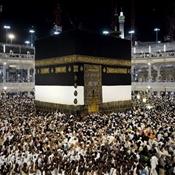 04-Mar-2023PIA Announces 2023 Hajj Pilgrimage Flight Fares
04-Mar-2023PIA Announces 2023 Hajj Pilgrimage Flight Fares -
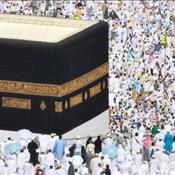 04-Dec-2019Can We Perform Umrah Every Year
04-Dec-2019Can We Perform Umrah Every Year -
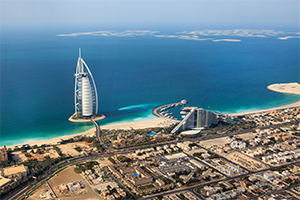 16-Sep-2025Fly Jinnah Launches Direct Flights Between Lahore and Dubai
16-Sep-2025Fly Jinnah Launches Direct Flights Between Lahore and Dubai -
 26-Sep-2020International Travellers Are Required To Carry Their Negative Corona Test To Get Entered Into Pakistan
26-Sep-2020International Travellers Are Required To Carry Their Negative Corona Test To Get Entered Into Pakistan -
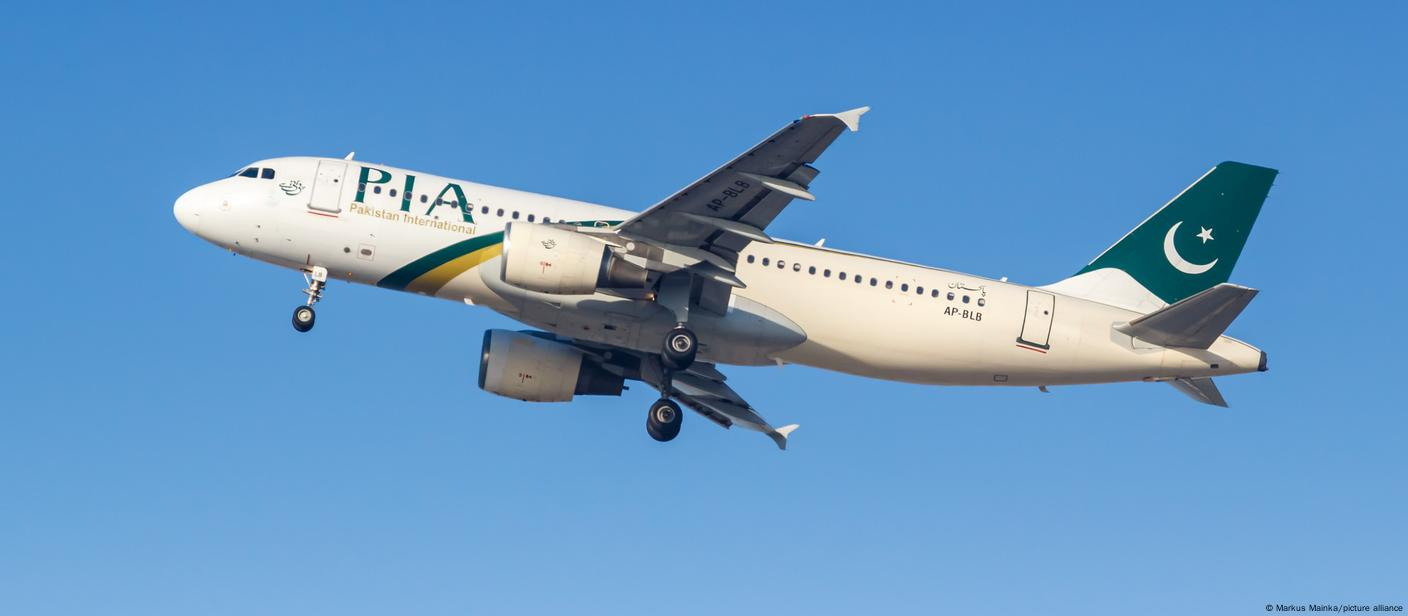 17-Mar-2025PIA to Resume UK Flights After Eid Ul Fitr
17-Mar-2025PIA to Resume UK Flights After Eid Ul Fitr -
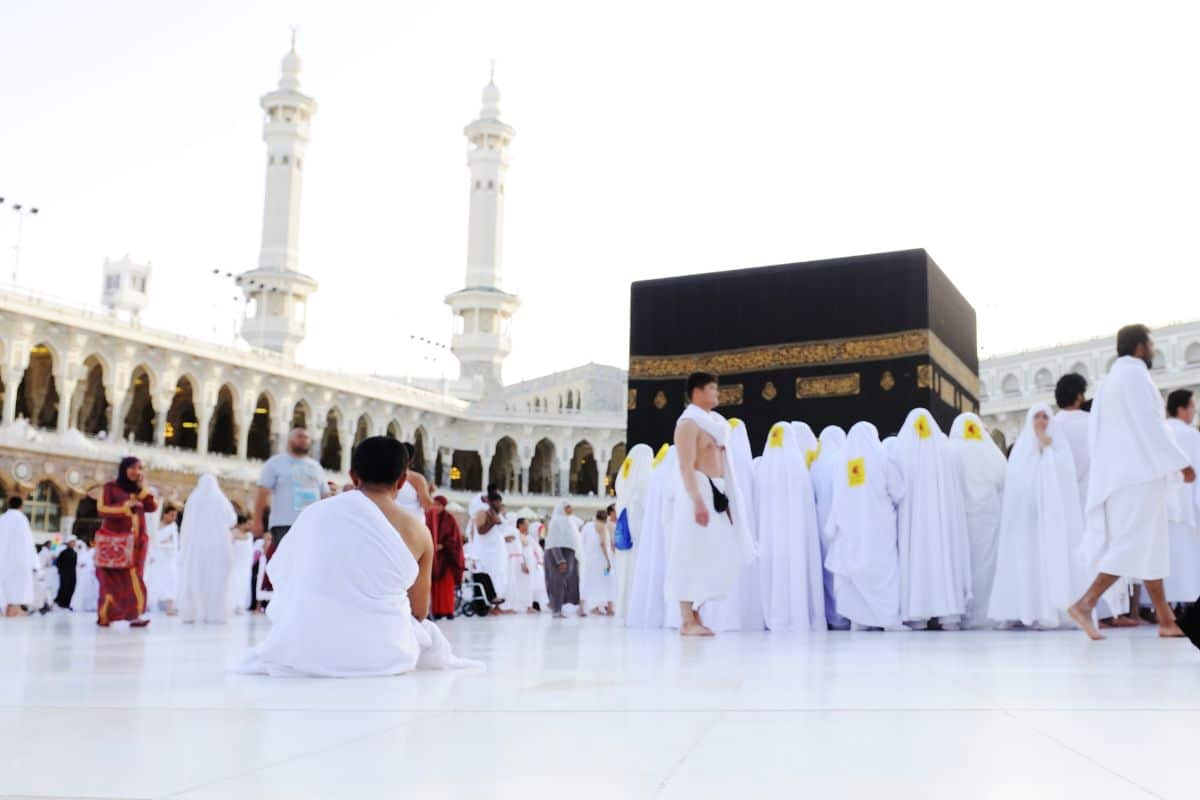 01-Aug-2025Saudi Arabia Welcomes 1.2 Million Umrah Pilgrims: A Testament to Spiritual Devotion and Meticulous Organization
01-Aug-2025Saudi Arabia Welcomes 1.2 Million Umrah Pilgrims: A Testament to Spiritual Devotion and Meticulous Organization -
 11-Feb-2025Pakistani Umrah Pilgrims Offloaded Due to Lack of Polio Vaccination Certificates
11-Feb-2025Pakistani Umrah Pilgrims Offloaded Due to Lack of Polio Vaccination Certificates -
 21-Jan-2022Murree Tragedy Affect On Tourism Industry In Pakistan
21-Jan-2022Murree Tragedy Affect On Tourism Industry In Pakistan -
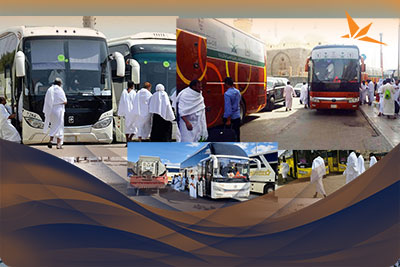 27-Jul-2025Heartbreaking Incident Claims Lives of Pakistani Umrah Pilgrims
27-Jul-2025Heartbreaking Incident Claims Lives of Pakistani Umrah Pilgrims -
 19-Jul-2022Umrah Registration Guidelines and Policy 2022 for Umrah Pilgrims
19-Jul-2022Umrah Registration Guidelines and Policy 2022 for Umrah Pilgrims
